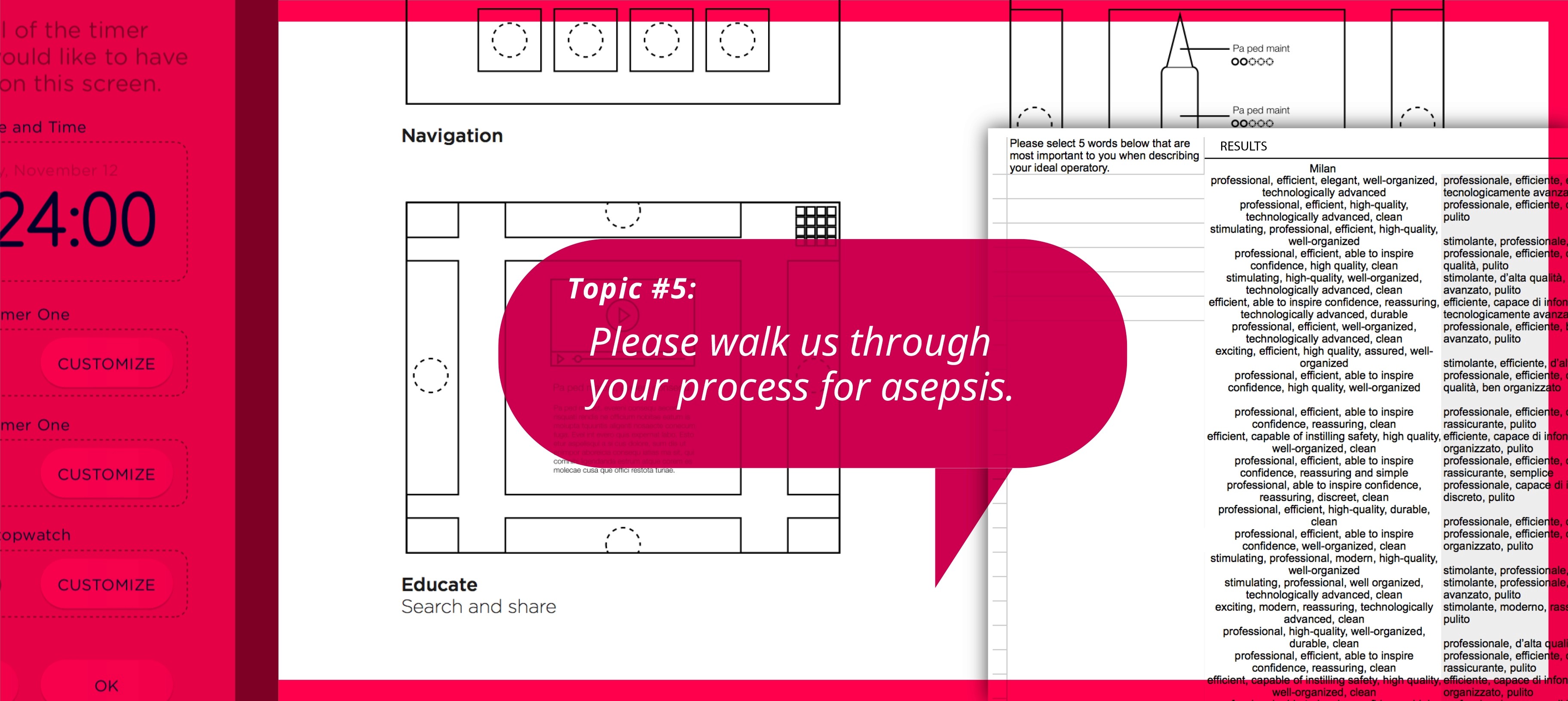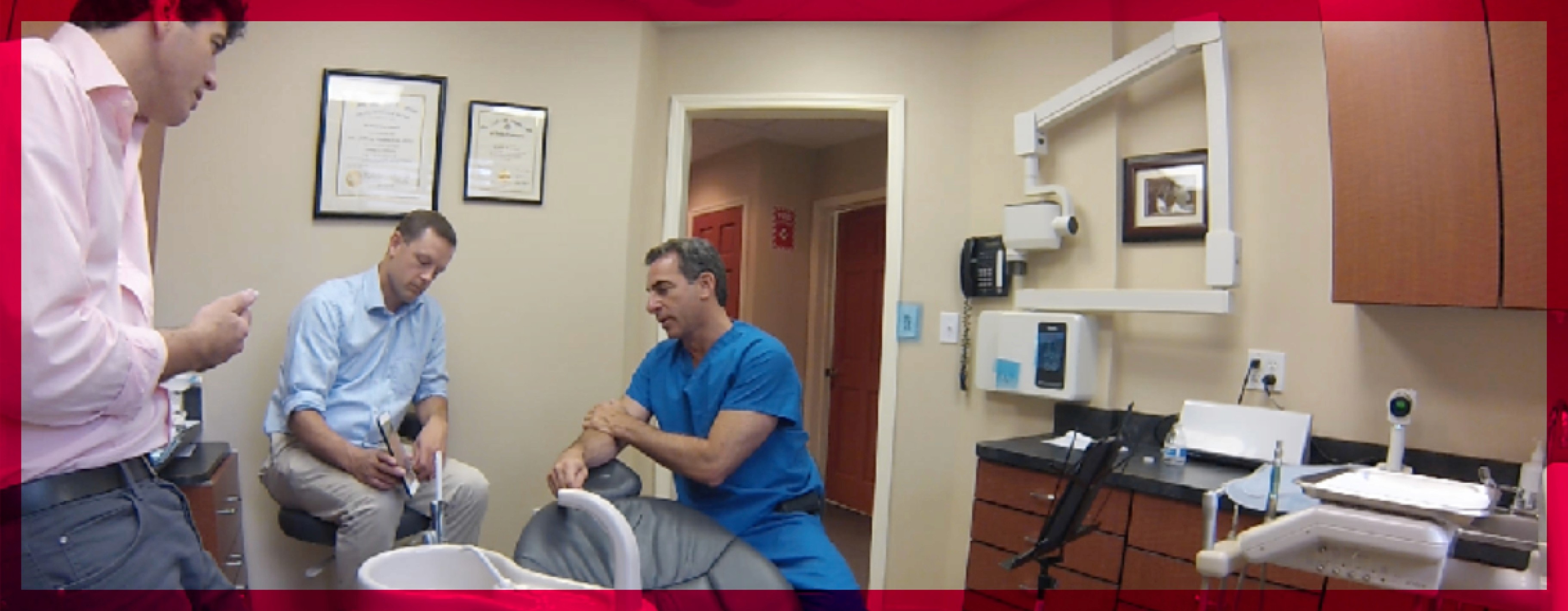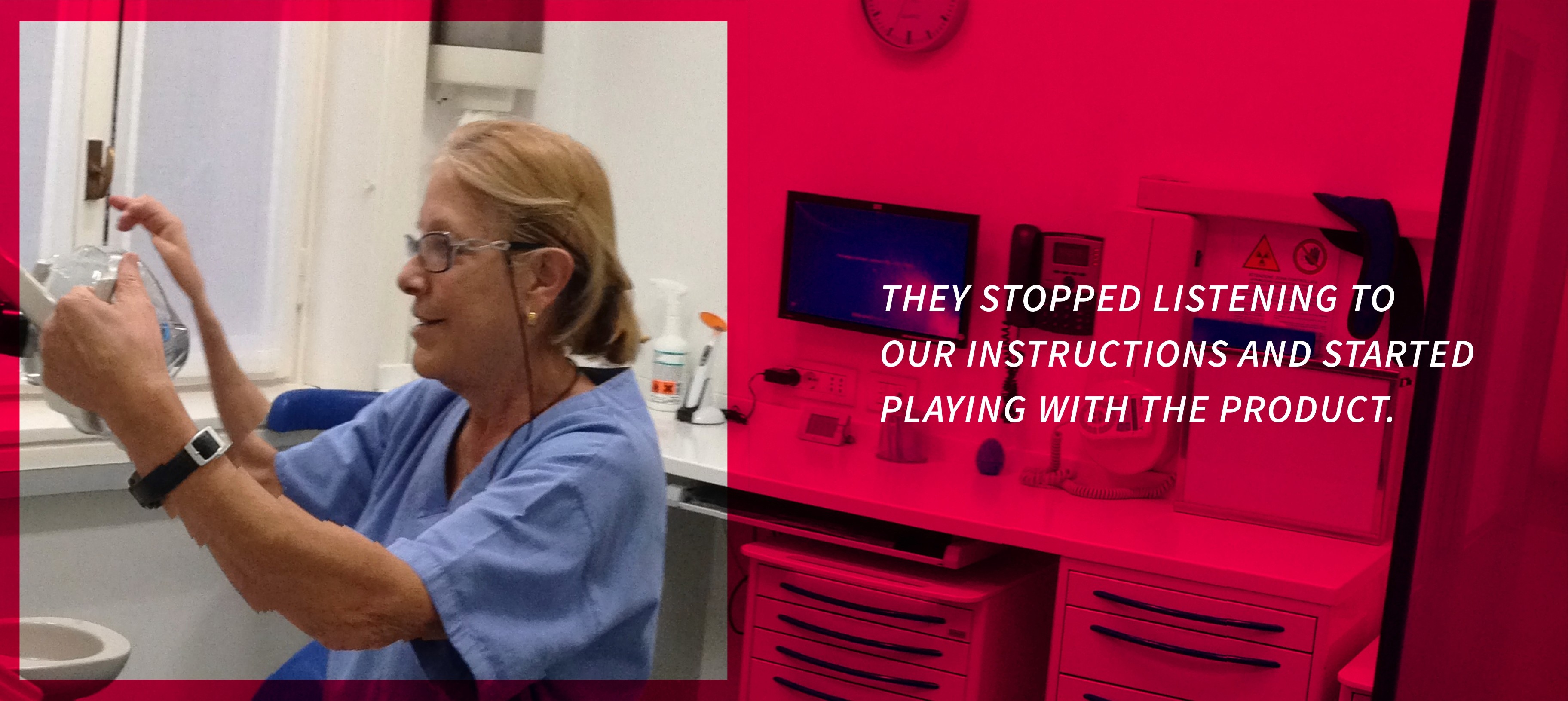Nobody sets out to arrive at mediocre.
Every project team I’ve experienced has been full of competing opinions. With each and every opinion well-intentioned and trying to get it right—at times the process seems harder than the original problem.
So how can you be sure you're making great work?
Prototype everything. Make physical iterations of every reasonable idea and get it in front of users early in the design process. It helps teams know what to fall in love with and why. “The refined prototype can be tested again, modified, tested again and so on. And with each iteration the tests move further into the realm of action and the marketplace.” (Martin, HBR 2014) Use it throughout the entire design path until you are done. I've learned that anticipating use is no substitute for actual use. I even prototype our strategy work so there’s less “let me convince you” and more "yeah, it’s working”.
SEEK DESIGN CONFIDENCE THROUGH DISCOVERY, EVALUATION, AND VALIDATION.
I prefer to use all three distinct testing approaches to make sure we’re moving forward with the right work.
Discovery - For learning what opportunities exist to benefit a user’s experience.
Evaluation - How we learn which of our ideas best fits the desired experience.
Validation - How we know users will benefit in the specific ways we intended.
I prefer to use traditional interview tools in combination with rapid prototyping tools that offer users actual product interactions
There's little substitute for in-person body language
In a recent (not-yet-public) UX project we used our Framer HTML and React.js prototypes with iPads to share functionality with users. We interviewed five different medical practices on the West and East coasts of the USA as well as five medical practices in Italy. We wanted to know which ideas resonated and if there were any ideas we hadn’t considered that might also benefit them.
THOSE SESSIONS WERE EYE-OPENERS.
All of our “best” ideas turned out to be things that just got in the way of the efficiency and effectiveness that our users actually needed. Even worse, the final solutions would never have been explored past sketch level. Subsequently, we used our concept evaluation testing to narrow to the version of “right” which offered the greatest benefit. We created multiple prototypes with key features that delivered on the benefits we already knew users wanted. We ran them through specific tasks and upon completion of the interviews, we knew which versions were working. We then fine-tuned it and put it in front of them one last time to make sure we hadn’t messed anything up in the process. We were truly excited when we trained users on this new product. They already understood how to use it.
Makers will always have strong feelings about the success of what they make. That desire to create something magical is a noble ideal but it won't get us all the way to our best work. Discovery, evaluation and validation can be done quickly and with less money than many people realize. In some cases, we’ve been able to prove concepts to executive-level confidence in 1-2 weeks. I’m so confident in the approach that I often give new clients an exploratory work session without fees because I know the rest of the design process will be confident, efficient and effective.
THIS APPROACH IS FAST AND INEXPENSIVE.
Not doing it risks a well-intentioned but disparate team doing guesswork exploration of ideas that in the end may not be relevant to your users.



